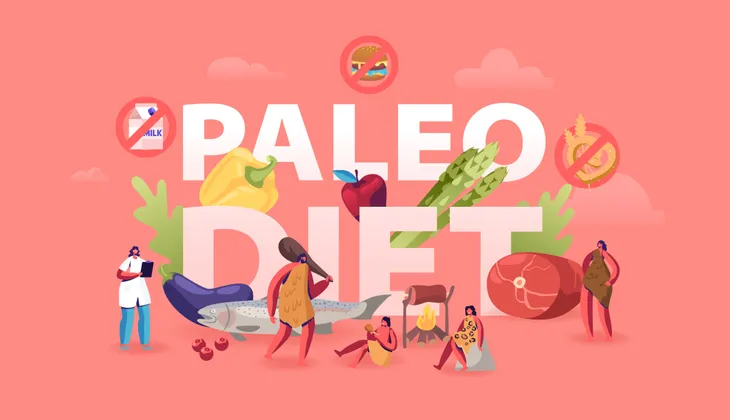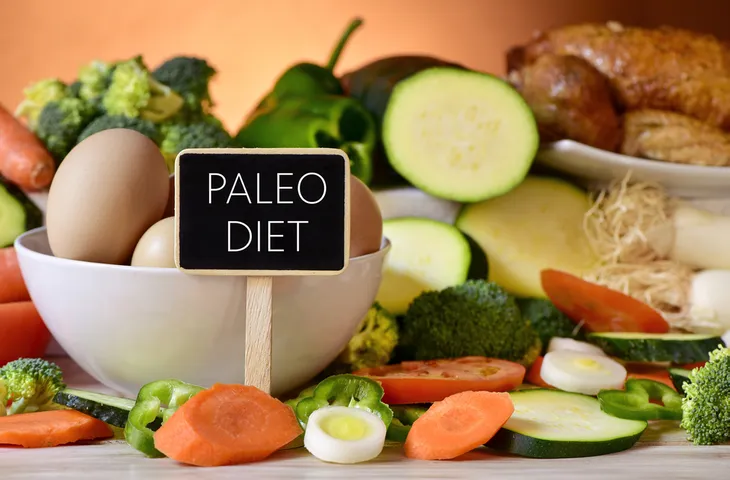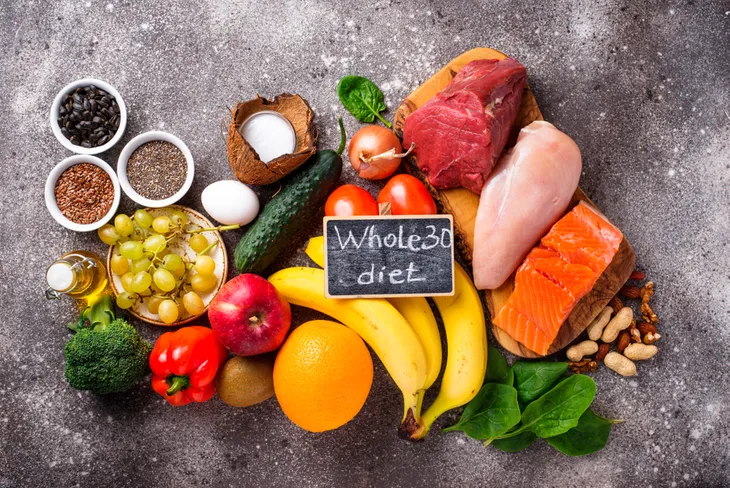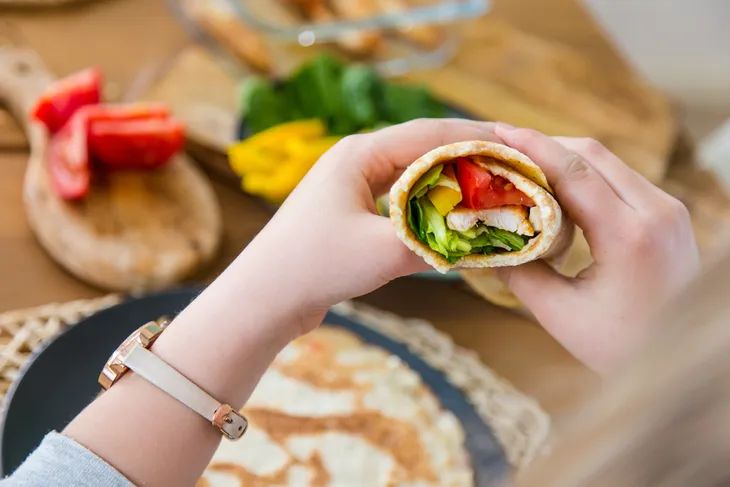If you’re searching online for the best diet plan to help your weight loss journey, you’ll quickly realize that the options are endless. It seems like every week there’s a new fad diet on the market promising you unattainable results.
This article is going to discuss the Paleo diet vs. Whole30 diet plans, both of which are very popular and have been around for quite some time. Before we dive into the comparison between the two, it’s important to remember that everyone is unique and certain diet plans are going to work well for some people, and not so well for others. That doesn’t mean that one diet is better than the other, it just might not be the diet plan for you. Let’s get into it!
What Is the Paleo Diet?
The Paleo diet plan was founded in the early 70s by a gastroenterologist named Dr. Walter Voegtlin. The principles of the Paleo diet mimic the eating patterns of those living back in the hunter-gatherer era, where they only ate what they could cultivate from the land and raise as livestock.
The Paleo diet requires participants to consume minimally processed foods with the end goal of helping you lose body weight and body fat. To see results, Dr. Voegtlin requests that you eat and avoid eating certain foods. Let’s get into these next!
Foods to Eat and Avoid on the Paleo Diet
Natural food sources such as meat, fish, vegetables, fruit, nuts, seeds, herbs, and the like can all be enjoyed on the paleo diet. Essentially, most food items that can be harvested or hunted are allowed.
Processed and refined foods, sugar, and artificial sweeteners should all be avoided on the paleo diet. As should certain vegetable cooking oils, grains, and dairy products.
To Summarize
The Paleo Diet is based around the foods our hunter-gatherer ancestors consumed and promises long-term weight loss. It may also decrease modern-day diseases and health conditions that are believed to be caused by our adopted 21st-century diets full of sugar and processed food.
Looking for long term results? Well, the Paleo Diet is intended to be more of a lifestyle change compared to a diet with a fixed time frame.
What Is the Whole30 Diet?
This diet plan was created by Melissa Hartwig in 2009. Its principles are very similar to the Paleo Diet. The Whole30 diet begins with a strict 30-day induction helping you to reset your metabolism, improve your relationship with food, and help you lose weight at the same time.
The Whole30 diet allows you to slowly reintroduce some of the food items you had to cut out during the first 30-days. The rules ask that you reintroduce these food items one at a time to test your body’s tolerance to them.
Foods to Eat and Avoid on the Whole30 Diet
Fats such as clarified butter and ghee, as well as meat, fish, fruit, and vegetables are all encouraged on the Whole30 diet. Nuts, seeds, and some vegetable oils are also allowed.
While following the whole30 diet you should avoid processed foods, artificial sweeteners, and refined sugar. Grains, dairy products, legumes, and soy products are also not recommended.
To Summarize
The Whole30 diet allows you to lose weight, repair your relationship with food, and identify any underlying food intolerances. After the initial 30-days of strictly following the recommended food guide, you can then start to reintroduce items that you previously removed from your diet.
Similarities Between the Two Diets
Both the Paleo diet and the Whole30 diet are similar in the food items they encourage you to consume, being whole foods that were available to our early ancestors back in the hunter-gatherer era. Also notable, both diets state that if you follow their principles, you will lose body weight and help prevent any modern-day disease caused by poor diets.
Lastly, although the Whole30 diet has an initial 30-day timeframe into the routine, both diets are predominantly lifestyle changes versus your typical diet that is only supposed to be followed in the short to medium term.
Differences Between the Two Diets
While they are similar there are some key differences. The Paleo diet offers participants more of a lifestyle change rather than a specific time frame-based approach. Whereas the Whole30 diet starts off with a 30-day strict eating regime.
The final notable difference is that during the Whole30 diet, the principles allow you to start reintroducing some of the foods you avoided during the initial 30-days. So, if you missed eating your favourite snacks, this diet could be the one for you.
The Bottom Line
In my professional opinion, if followed correctly and consistently, you will likely achieve the weight loss results you desire from either diet. On top of weight loss, I’m also a big fan of removing processed and refined foods from your diet to decrease your risk of future diseases.
My one piece of advice is for you to think hard about which diet you believe will be the easiest for you to follow. If you do this, you will give yourself the best chance of adhering to the diet strictly and then reap the rewards of your hard work.












